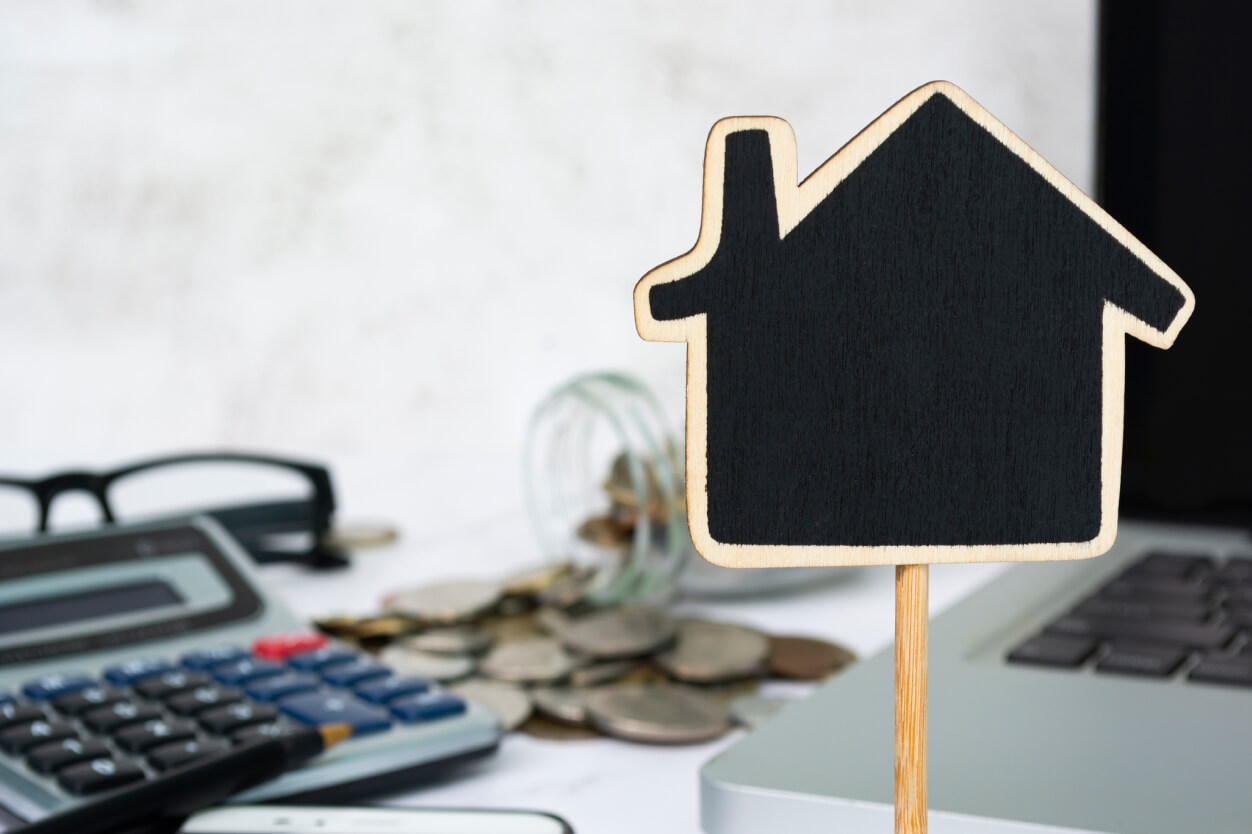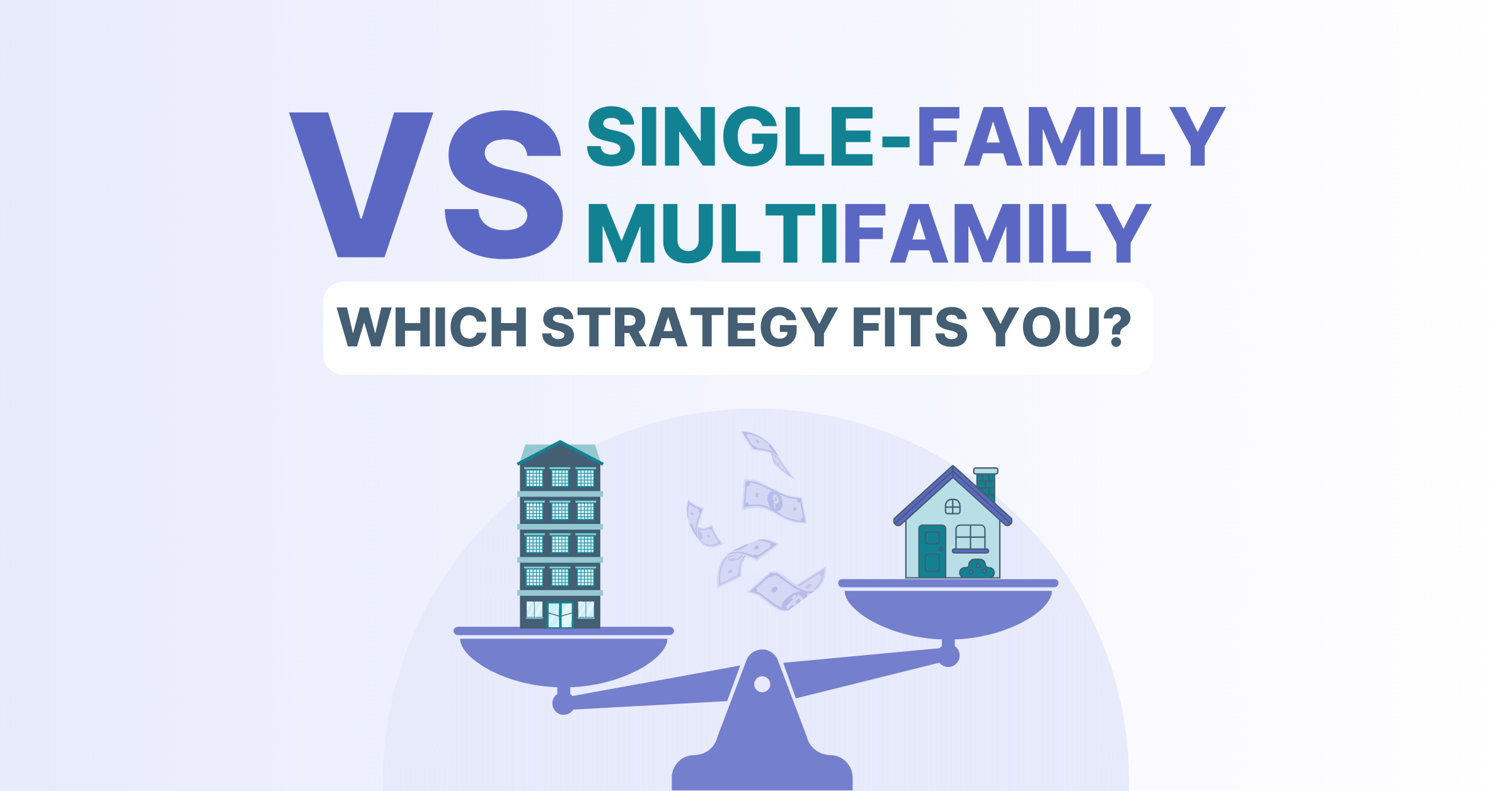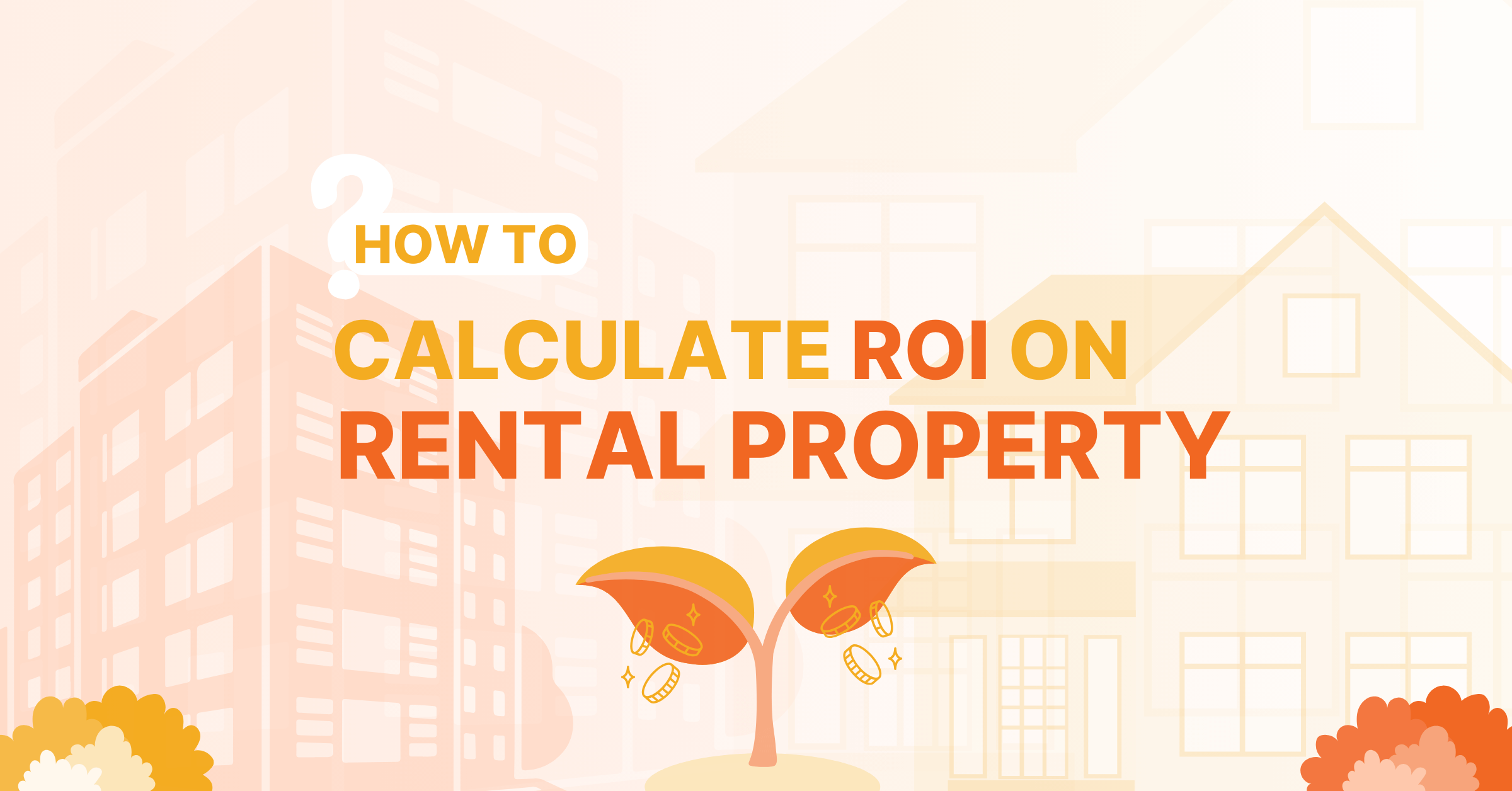Note: PropStream does not offer legal advice, and this article should not be construed as legal advice. We encourage you to consult a tax professional for all tax questions and needs.
Purchasing rental properties can be a profitable investment with many tax benefits. One of those benefits is depreciation—deducting a portion of your property’s cost from your taxes over multiple years.
In this article, we’ll explore what rental property depreciation is, how it works, how to determine a property’s initial cost basis and useful life, and what you need to know about residual value and bonus depreciation.
Table of Contents
- What Is Rental Property Depreciation?
- 3 Steps for Calculating Depreciation
- Example of Depreciating a Residential Rental Property
- More Tax-Saving Methods: Bonus Depreciation vs. Section 179
Key Takeaways:
- When done right, depreciating your rental property can lead to helpful tax savings each year.
- To calculate how much you can deduct each year, you’ll need to determine the property’s initial cost basis and divide it by the useful life.
- Ask your CPA if you can use other tax-saving methods like bonus depreciation or Section 179.
What Is Rental Property Depreciation?
Depreciation is a tax-deduction method that accounts for an income-producing property’s initial cost and gradual wear and tear. In other words, it allows property owners to save money when filing their taxes by deducting a portion of the property’s value on their tax returns over a period known as the property’s “useful life.”
The basic calculation for rental property depreciation is:
Property’s initial cost basis / Property’s useful life = Annual deduction amount
While this looks relatively straightforward, calculating depreciation can get complicated, so it’s best to consult a tax professional to depreciate your rental property.
3 Steps for Calculating Depreciation

Here are three steps you can take to begin calculating depreciation on your rental property:
1. Figure Out What You Can Depreciate for Your Rental Property
You can start depreciating your rental property (whether residential or commercial) as soon as it’s ready and available to rent as long as you meet the following requirements:
- You own the property
- You rent the property out or use it in another way to earn income for your business.
- You can determine the property’s useful life
- You expect the property to last more than a year
- You didn’t place the property for service and retire it in the same year
Important note: According to the IRS, you can depreciate your property’s building but not the land since land can’t be used up or become obsolete.
Although you can deduct many rental-related expenses in full in the year you purchased them, you may need to depreciate other components you purchase for the property, such as:
- Fixtures or systems that are separate from the building structure, such as carpeting, light fixtures, HVAC systems, and appliances like refrigerators
- Furniture, like dining tables, chairs, sofas, or beds
- Capitalized improvements (renovations that add value to the property), such as building a swimming pool, replacing the driveway or roof, adding a sprinkler system, or remodeling a bathroom
2. Calculate the Property's Initial Cost Basis
Follow the steps below to calculate your rental property’s initial cost basis:
- Determine the property’s original cost (plus sales tax, title tax, and transfer fees)
- Subtract the value of the land
- Add the cost of value-adding improvements
- Subtract any insurance payouts and casualty loss you deducted from your taxes
To determine the value of your land, you can look at your property tax bill and figure out the depreciable ratio.
For example, let’s say you purchased your property for $350,000. Your most recent tax bill lists the assessed value of your property at $300,000, the building at $240,000, and the land at $60,000. The depreciable ratio in that scenario is 80%. If you apply that ratio to the original purchase price, your initial cost basis (minus the land value) would be $280,000.
You may need to add or subtract other amounts depending on your situation. See IRS Publication 527 to learn more.
3. Determine the Property's Useful Life
A property’s useful life—also called “the recovery period”—is the number of years it’s expected to generate revenue. Since it determines how many years you can depreciate your property, it also impacts the amount you can deduct from your yearly taxes.
Properties put into service in or after 1987 need to be depreciated using the Modified Accelerated Cost Recovery System (MACRS). If you rented your property before 1987, you would use the Accelerated Cost Recovery System (ACRS).
Under MACRS, there are two ways to approach depreciation: the General Depreciation System (GDS) and the Alternative Depreciation System (ADS).
Under GDS (the most common depreciation system), the useful life for residential properties is 27.5 years and 39 years for commercial properties.
If you use ADS, the useful life is 40 years for commercial properties and 30 years for residential properties (or 40 if placed in service before 2018).
Keep in mind that the useful life for components you purchase for the home—such as a water heater, carpeting, shrubbery, or fences—will differ depending on their property class.
You can read IRS Publication 527 to learn more about the useful life of various property classes.
Example of Depreciating a Residential Rental Property

Let’s say you purchased a residential rental property for $400,000 and spent $5,000 on sales tax, transfer tax, and title fees. You also paid $15,000 for new plumbing, a furnace, and vents for the home to make it ready to rent.
If the land is worth $90,000, the initial cost basis of the property is $330,000. Since the property’s useful life is 27.5 under GDS, you can deduct roughly $12,000 annually from your rental income.
How Residual Value Impacts Depreciation
An asset’s residual value—also known as “salvage value”—is its expected value at the end of its useful life minus the costs of disposing of it. Generally, the longer an asset’s useful life, the lower its salvage value.
You typically don’t use salvage value when depreciating rental properties. However, you might use it for appliances or fixtures you buy for the home, such as a dishwasher or HVAC system. In that case, you would start with the cost of the item, subtract its salvage value, and divide the result by the item’s useful life.
For example, let’s say you buy a washing machine for $650 and could sell it for $150 after five years (its useful life). In that case, the calculation for annual depreciation would be:
($650 - $150) / 5 = $100
More Tax-Saving Methods: Bonus Depreciation vs. Section 179
Here's how bonus depreciation and section 179 differ and how you can use these methods to your advantage:
What Is Bonus Depreciation?
Bonus depreciation allows you to deduct a more significant percentage of an asset’s expense for the year you put it into service. They then follow a standard depreciation schedule for the rest of the asset’s useful life.
However, this depreciation method is being phased out and will be eliminated by 2027. (See IRS Publication 946 to learn what percentage of your property you can deduct each year with bonus depreciation.)
A critical note: Bonus depreciation only applies to assets with a useful life of 20 years or less. This rules out most rental properties. However, you may be able to get around this rule by conducting a cost segregation study for your rental property.
What Is Section 179?
Section 179 is another way to deduct a higher portion of a property’s value in its first year of service. However, unlike bonus depreciation, it allows owners to deduct a set dollar amount instead of a percentage.
You can only use Section 179 for your rental property if it’s considered a business, not a passive investment. This means your rental business needs to earn a profit, and you must work on it regularly.
Ready to find your next property and start reaping the tax benefits? PropStream is your one-stop shop for finding off-market properties with motivated sellers—the best source for investment deals!
Start your free 7-day trial today to start browsing on PropStream with no cost commitment.



